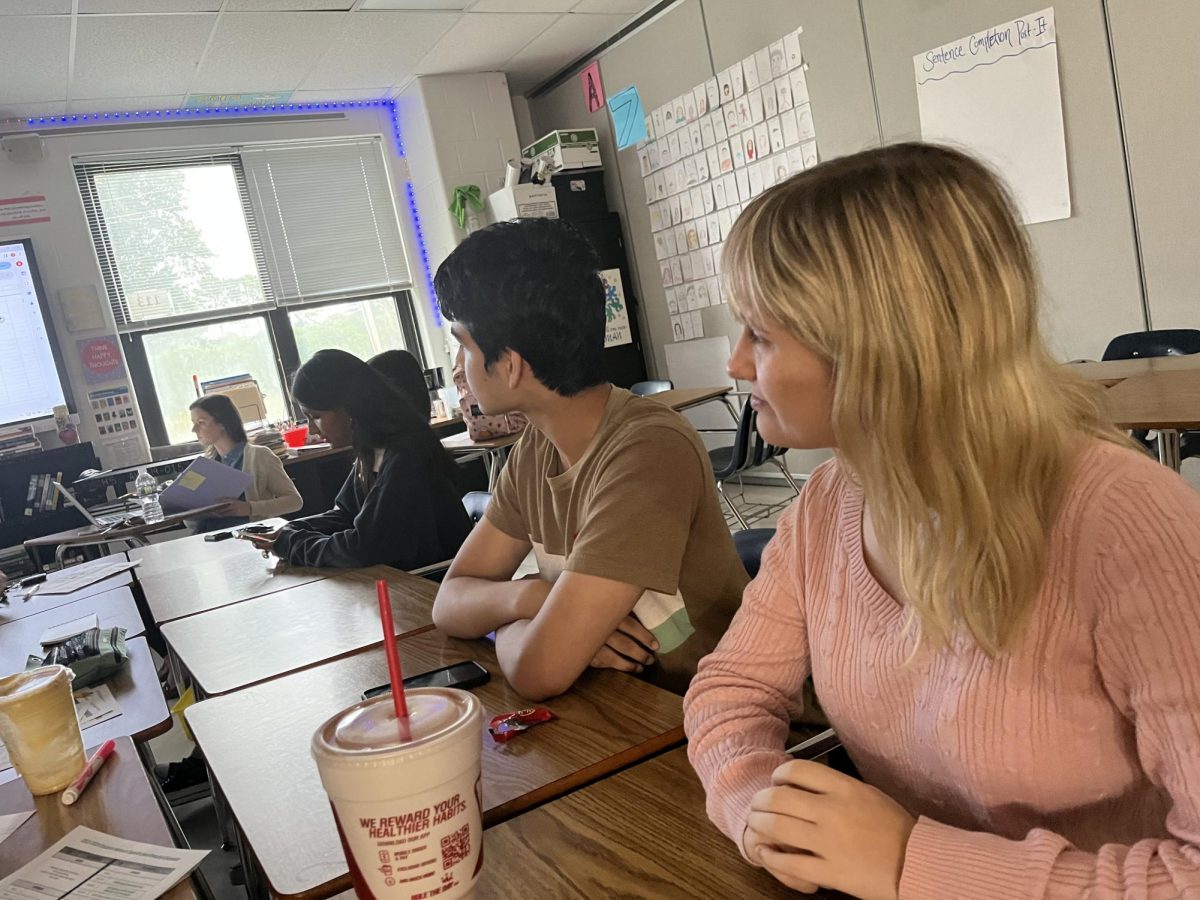 FHSD has attempted to integrate technology into their schools and curriculums by introducing and considering new programs and ideas. One way is by supplying hand-held technologies like laptops for students or iPads in the libraries of schools. About 30 iPads are currently available for students at Barnwell Middle.
FHSD has attempted to integrate technology into their schools and curriculums by introducing and considering new programs and ideas. One way is by supplying hand-held technologies like laptops for students or iPads in the libraries of schools. About 30 iPads are currently available for students at Barnwell Middle.
“We’d like to see more hand-held devices in student’s hands,” Sommer said. “I think students and certified teaching staff will be very receptive towards that.”
Some of FHSD’s other efforts of integrating technology are introducing new programs to the teaching staff and students alike. Such programs are ones like the newly introduced Atomic Learning or the recently finished student e-mails.
“I’m looking forward to it picking up momentum as more people throughout the District learn more about Atomic Learning,” Board of Education (BOE) President Mike Sommer said.
Atomic Learning is a public online training system. They offer over 200 modules to walk a user through the usage of a certain program. To further instill the knowledge of working various programs, the District plans to include Atomic Learning as a class in FHSD middle schools in their Exploratory Wheel, a cycle of rotating students through different electives lasting four to six weeks. In addition to the roughly $42,000 Atomic Learning is costing the District, creating this new class will cost FHSD another $46,000 out of its technology budget of $2.5 million.
“I think it’s important for people to know FHSD is doing an awesome job here,” FHN Chemistry teacher Karen Hill said. “I think we need to be proud of what we’ve done with so little money.”
Amongst the many modules Atomic Learning offers are ones that teach the standard Microsoft PowerPoint, Microsoft Excell and Google Docs, but a user also has the opportunity to create new modules such as one on the usage of a Smart Board. The District’s first time using it was on Nov. 4 when it was tried out by teachers.
“We realized technology has to become a bigger part of the District and be a part of the day-to-day curriculum in class,” Sommer said.
The District finished creating student e-mails in early November for secondary students. These e-mails provide students with access to 10 times the amount of storage they receive on school computers.
Another large perk is that students are able to access their account where ever they have an Internet connection.
“I think it’s going to be an opportunity for students to communicate with each other and teachers,” Sommer said.
Despite the new implemented programs and visions for the future, some believe that there are areas in schools FHSD lacks technology.
“I would say a computer lab for the Art department would be on a wish list,” FHN art teacher Paul Just said.
Just believes there aren’t enough computers at North to let Art and Graphic Design students use at the same time. He also thinks lack of projectors in the Art department set them back technologically from other departments at North. Even though the Art department lacks these technologies, they haven’t asked FHSD to provide because they feel the District has other concerns.
“You say a word here or there,” Just said. “If the ball gets rolling, great. If not, go on doing with what you’ve got.”
By next school year, students attending an FHSD high school, or even middle school, can expect a few iPads in their school’s libraries. The specific amount is not yet known. FHSD is also looking into assigning online textbooks to students rather than the actual book in the future. Some progress has already been made on this, but creating online textbooks depends on the publisher. More training through Atomic Learning will also be avail- able to teachers in the coming years to keep them up-to-date with new technologies they may encounter in FHSD schools.
“Students are engaged when using technology,” FHSD Chief Information Officer Ray Eernisse said. “If we engage students, they’ re going to be interested. If they’ re interested, they’re going to learn.”











![Ninja Christmas [Comic]](https://FHNtoday.com/wp-content/uploads/2024/12/Ninga-Christmas-Comic-1200x898.jpeg)




